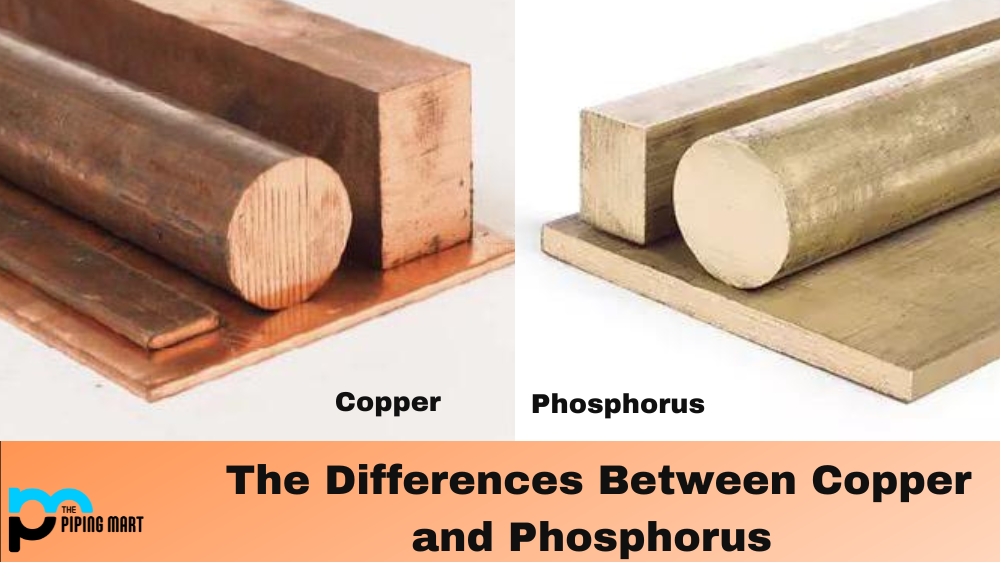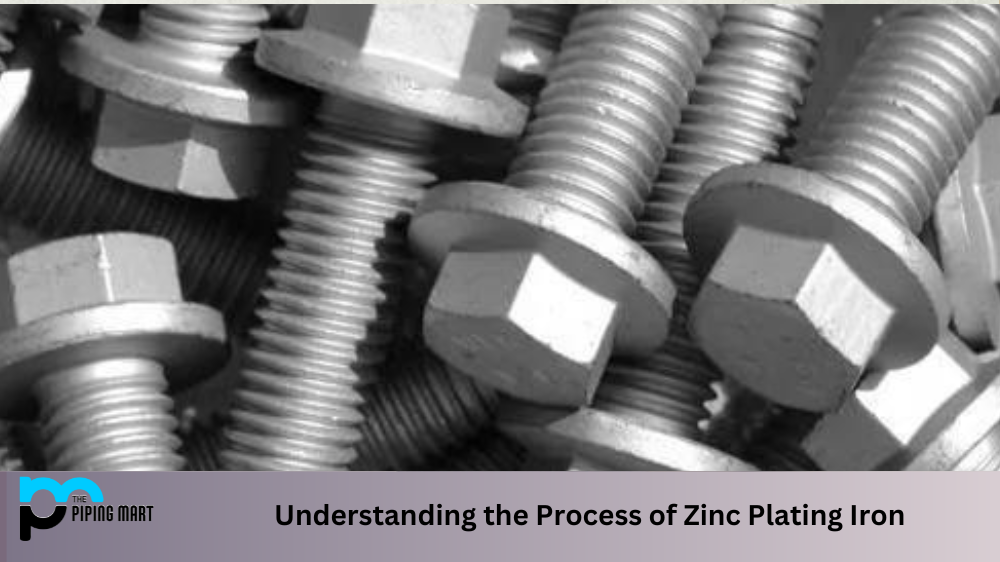Whether you’re a knife enthusiast, a collector, or just looking for the perfect blade, it can be difficult to decide which steel to choose. Two of the most popular steels in the market are 1080 steel and 1095. So what is the difference between these two sheets of steel? Let’s take a look.
Difference Between 1080 Steel and 1095 Steel
1080 steel and 1095 steel are both carbon steel. Carbon steels are classified as having less than 1% carbon content, meaning that they contain more iron and other alloying elements than high-carbon steel. 1080 steel is considered easier to sharpen than 1095 but has lower edge retention. This makes it great for knives used for tasks that require frequent sharpenings, such as fillet knives or hunting knives. 1080 also offers good corrosion resistance and is relatively easy to work with when heat treating it correctly. On the other hand, 1095 has higher edge retention but is more difficult to sharpen due to its hardiness. It is great for knives for heavy-duty cutting, such as machetes or axes. In addition, 1095 offers greater toughness and shock resistance compared to 1080 steel which makes it ideal for outdoor activities like camping or bush craft, where you need a blade that takes abuse well without sacrificing its performance too much.
Heat Treating
Heat treating of either type of steel will affect the properties of each significantly; this means that if one type of steel were heat treated incorrectly, its performance would suffer, while another type may thrive under the same conditions. This means that it is important when choosing your knife based on 1080 or 1095 steel to ensure you know exactly how it was heat treated before purchasing it so you can get the best performance out of your knife possible.
Composition
1080 steel contains 0.80% carbon, while 1095 steel contains 0.95% carbon. This difference in carbon content gives 1080 steel a lower hardness and greater ductility than 1095 steel.
Hardness
The Rockwell hardness of 1080 steel is between 50 and 54, while the Rockwell hardness of 1095 steel is between 58 and 60. This means that 1095 steel is significantly harder than 1080 steel.
Ductility
Ductility is a measure of a material’s ability to deform under stress. 1080 steel is more ductile than 1095 steel, meaning that it can be bent or shaped more easily without breaking.
Uses
1080 steel is typically used for knives subject to frequent bending or shaping, such as chefs or pocket knives. 1095 steel is typically used for knives that are not subject to frequent bending or shaping, such as hunting or survival knives.
Edge Retention
Edge retention is a measure of a knife’s ability to hold its edge over time. 1095 steel typically has better edge retention than 1080 steel due to its higher hardness.
Corrosion Resistance
Corrosion resistance is a measure of a material’s ability to resist rusting or other forms of corrosion. 1080 steel is more corrosion resistant than 1095 steel due to its lower carbon content
Conclusion:
When it comes down to choosing between 1080 and 1095 steel for your next knife purchase, there are many factors to consider, including sharpness, edge retention, ease of sharpening, corrosion resistance, toughness and shock resistance, all depending on how each type of metal was heat treated before production. Considering all these factors will help ensure you get a quality blade that meets all your needs! Ultimately there isn’t one clear winner as both types of steels have their strengths and weaknesses depending on what kind of job you need them for – so make sure you do your research before committing to any specific product! Good luck!
Meet Heer, a dynamic and driven writer learning tricks of her trade in the metal industry. With a background in Digital Marketing, Heer brings a unique perspective to her writing, sharing valuable insights. Apart from blogging she like reading and hiking.




